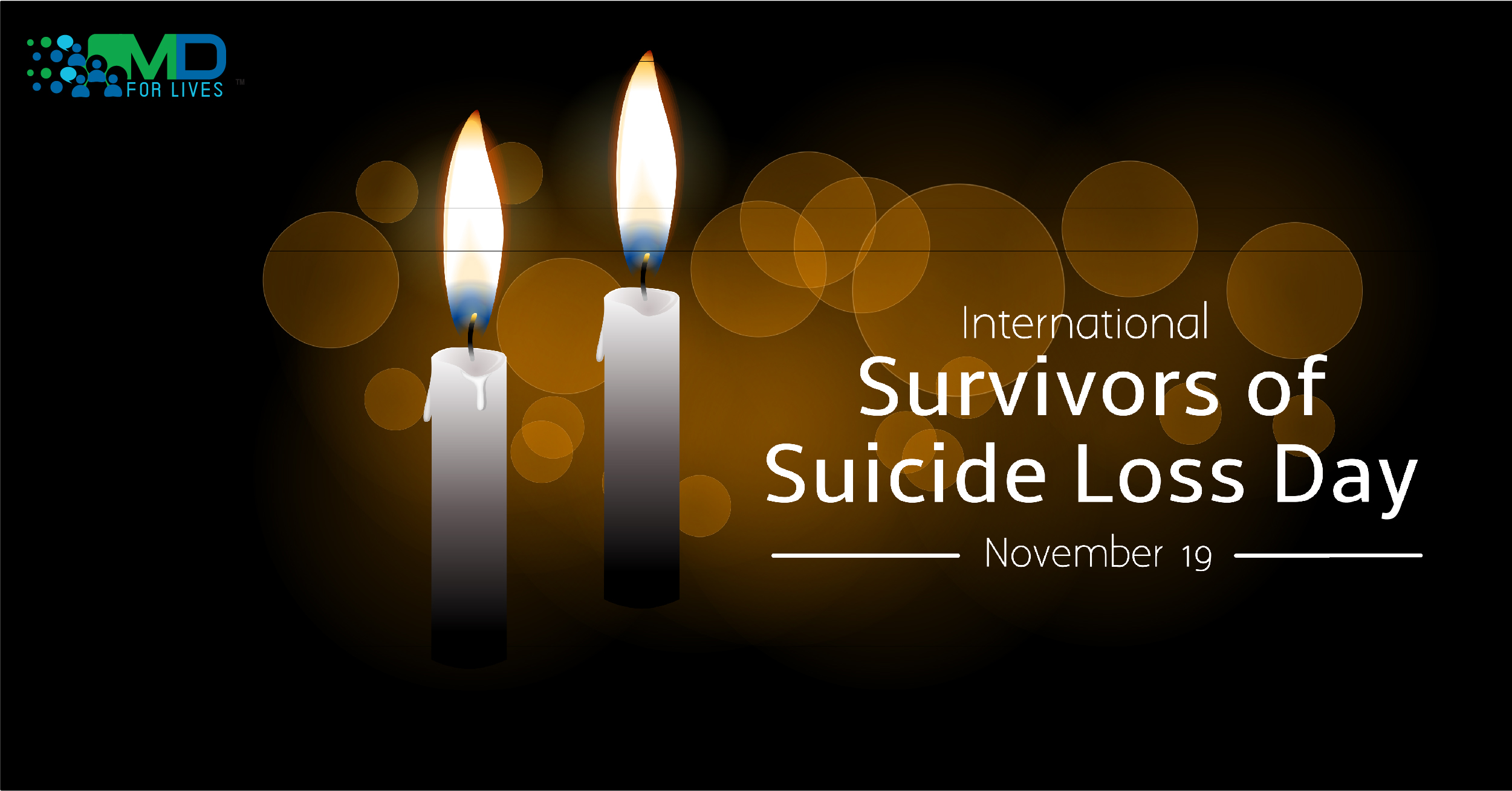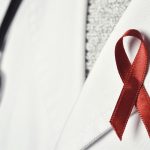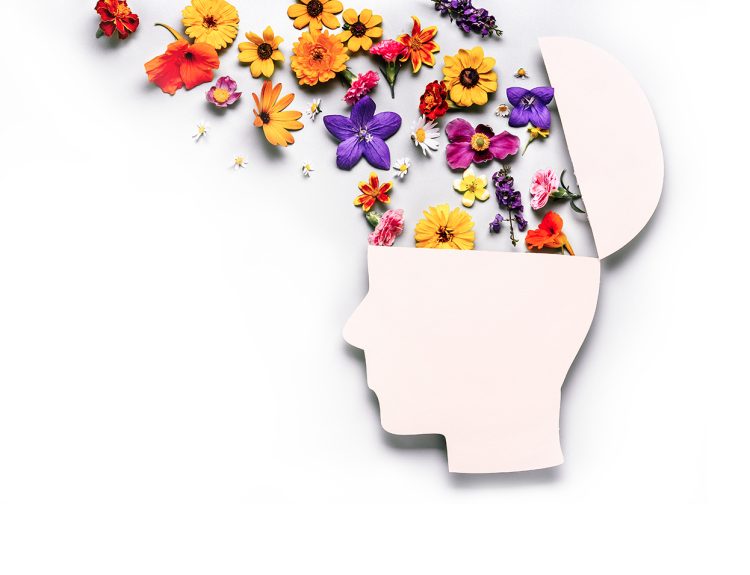Suicide is not a topic that is welcomed with the utmost ease. Religion regards it as a sin, medicine connects it with mental illness and depression, while society sometimes harshly and wrongfully associates it with weakness. Suicide drives one person every forty seconds to the end and profoundly impacts the lives of at least 800,000 individuals every year. The prevalence of suicide is further solidified when it ranked 18th as the leading cause of death worldwide. Let’s create awareness and prevent suicide in this “Survivors of suicide loss day.”
Suicide does not discriminate among ages. Center for Disease Control and Prevention reports that there was more than a 30% increase in suicide rates in all age groups in the United States from 2000-2016, and from 2007-2017, an alarming spike of 56% was recorded for the 10-24 age group. Suicide is also ranked second leading cause of death for the said age group. Regardless of age, this is a deeply distressing tragedy for the survivors of suicide.

* From 2000- 2017, the suicide death rate in the United States increased from 10.4 to 14.0 per 100,000 people with an equivalent increase of 35%. [17]

* Suicide is the second leading case of death for age groups 10-14, 15-24 and 25-34.[18]
Why Adolescents?
Adolescence is a time for discovery, development, transitions, and life changes. At this period, young people are faced with life-changing decisions that will shape the course of their lives while also being at the crossroads that can trigger many adjustment issues, psychological disorders, and even suicide. Roughly one out of seven adolescents fall under the diagnostic criteria for mental health disorder. Mental health disorders in children and adolescents, when untreated, are associated with adverse academic, social, and health outcomes. They are also highly predisposed to drug abuse, self-harm, and suicidal behaviour.
Survivors of Suicide: What caused the spike in statistics?
It is challenging to pinpoint the specific trigger that pushes someone to commit suicide and determine the spike’s very reason. There are many factors involved, and they may differ per individual. Some studies suggest that social media plays a role in the spike. Some attribute it to imitation, while others point their fingers at too overwhelming stressors to overcome.
Social Media
Social media has taken the world by storm during the past decade. Due to its popularity, researchers have become interested in its positive and negative effects. Psychologists and other experts believe that the use of social media may lead to impairment in personal and social development. Studies also have shown a correlation between social media use and psychological problems.
Apart from the psychological and physical changes, adolescents are likewise bombarded with situations that unavoidably elicit a certain level of insecurity, stress, helplessness, and loss of control. With social media mostly containing highlights of an individual’s life, feelings of insecurity, dissatisfaction, and envy may arise from the other person.
Despite the adverse effects of the studies mentioned above, some studies substantiate that social media is an avenue for expressing thoughts, feelings, and acceptance of support from others. Furthermore, many rely on various social media platforms to stay updated on important news and updates.
Imitation
Adolescents are more impressionable, making them more prone to imitation or learning by modelling and observing their behaviour. The imitation of these adolescents’ suicide behaviour may be triggered at a macro (mass media reports) or micro-level (direct contact in the environment such as school environment, peers, and peer groups). Research also suggests that several factors may affect the level of imitating influence, such as the model’s characteristics, the extent of reinforcement to the model’s behaviour, and the manner and frequency of presenting the model’s behaviour.
It has been observed that the more there are similarities between the adolescent to the model, the stronger the bond they have. Another factor is when the model is admirable to them, such as celebrities, the stronger the imitating factor. Furthermore, adolescents ascertain how the behaviour was acknowledged. The more condoned the action is viewed, the higher the adolescents’ likelihood to imitate the behaviour.
Lastly, the frequency of presentation, like the number of times presented or repeated in the headlines, also affects the action’s imitation. Sometimes, this behaviour can affect suicide clusters or a chain of actual suicides in a discrete area in a period of time.
Hand in Hand with Survivors of Suicide
When discussing the topic of suicide, people tend to zoom in on the person who succumbed to it. But sometimes, people are oblivious to the feelings and loss of the survivors of suicide. In a study conducted that explored these survivors’ mental health, most of them suffered from high levels of depression and hopelessness, others had fewer future positive expectations. In contrast, some others exhibited significant symptoms of complicated grief.
No matter how the survivors of suicide loss handle their grief, the pain and suffering will always be there. Complicated grief is something a person can overcome in 2 weeks. It is something that may take years to process or get over with (while others do not). A compassionate listening ear is the greatest gift that a survivor of suicide can ever receive.







